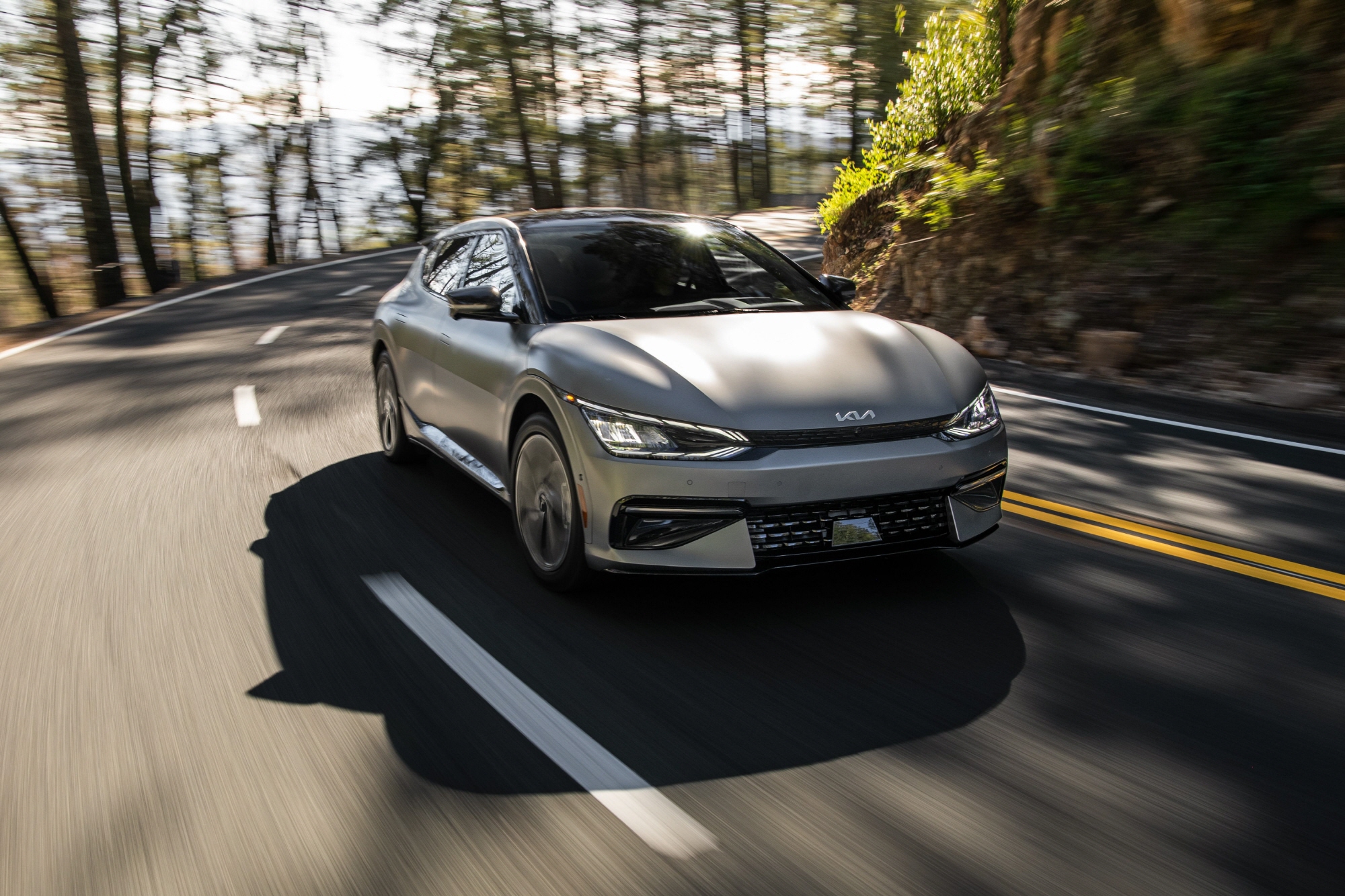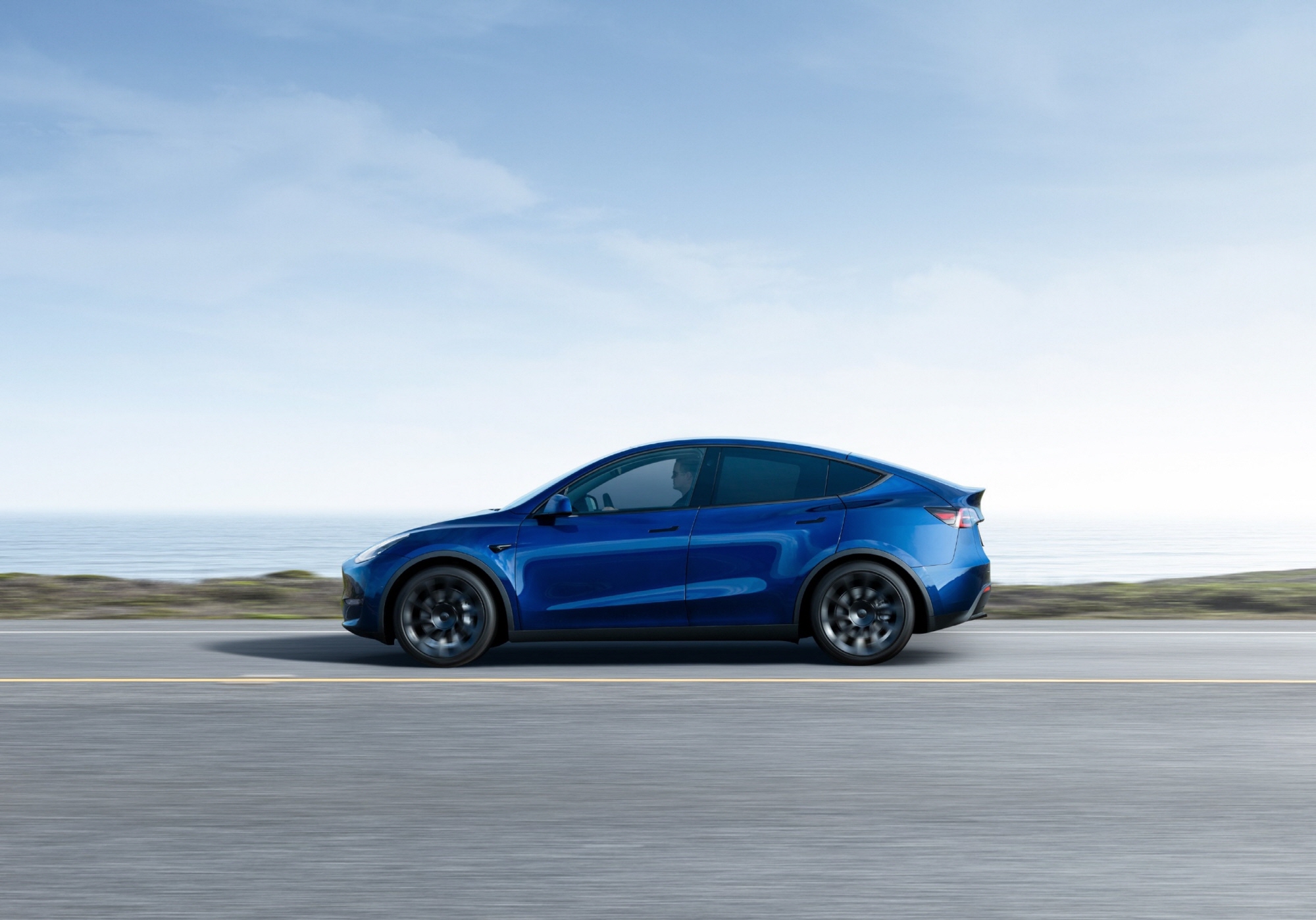
This year, electric vehicle subsidies have been finalized. As expected, subsidies for electric cars equipped with Lithium Iron Phosphate (LFP) batteries have been significantly reduced due to their lower efficiency. Notably, the subsidies for electric buses with LFP batteries have been cut by more than half.
The Korea Environment Corporation announced the 2024 electric vehicle subsidies on the integrated website for clean vehicles. This year, electric vehicles priced under ₩55 million will receive 100% of the government subsidy, while those priced above ₩85 million will not receive any subsidies.
The electric vehicle receiving the highest subsidy is the ‘Kia EV6 Long Range 2WD 19-inch’, which will receive a government grant of ₩6.84 million. In contrast, the subsidies for the ‘KG Torres EVX 18-inch’ and ‘Tesla Y RWD’ that utilize LFP batteries have been drastically reduced to ₩4.57 million and ₩1.95 million, respectively.
The situation in the electric bus market is similar. The government subsidy for Hyundai’s Elec City equipped with NCM batteries remains unchanged at ₩70 million compared to last year. However, BYD’s eBUS9 and eBus12, which use Lithium Iron Phosphate batteries, have seen their subsidies cut sharply to ₩23.1 million and ₩21.8 million, down from last year’s ₩49 million.
Even with a 70% reduction in government subsidies compared to previous levels, the sales of Chinese buses have increased. Therefore, subsidies for Chinese electric buses have been heavily reduced due to the adoption of LFP batteries.

Lee Sang-jin daedusj@autodiary.kr

